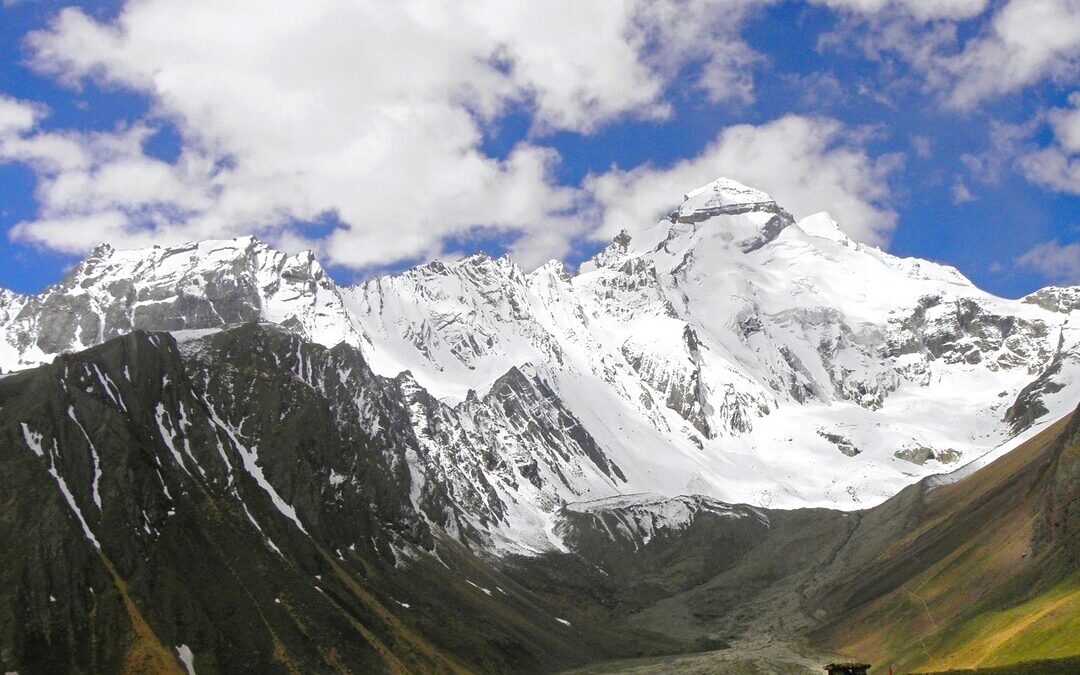India Advances Glacier Monitoring, Water Data for Climate Resilience
India boosts glacier tracking and water data systems to tackle climate risks and support sustainable resource management.
India has ramped up efforts to monitor glaciers and glacial lakes in the Himalayan region, while enhancing national water data infrastructure to improve climate resilience and ensure sustainable water management, the government said Thursday.
The Ministry of Jal Shakti has established a steering committee to coordinate glacier monitoring under the Department of Water Resources, River Development and Ganga Rejuvenation.
The Central Water Commission, which acts as the nodal agency, is currently tracking 902 glacial lakes and water bodies larger than 10 hectares (100,000 square meters) using remote sensing from June to October annually.
Glacial Monitoring Spans Multiple Ministries
The Himalayan glacier monitoring efforts span several agencies. The National Disaster Management Authority is implementing a Glacial Lake Outburst Flood Risk Mitigation Program in Himachal Pradesh, Uttarakhand, Sikkim and Arunachal Pradesh.
The Wadia Institute of Himalayan Geology monitors 13 glaciers across the Central and Western Himalayas and the Karakoram region, while the Geological Survey of India is studying glacier recession and mass balance changes.
Other key research institutions include the G.B. Pant National Institute of Himalayan Environment, the National Centre for Polar and Ocean Research and the National Institute of Hydrology, which houses the specialized Cryosphere and Climate Change Studies Centre in Roorkee.
Data-driven Approach to Water Resource Planning
To improve access to reliable water data and support evidence-based decision-making, the Ministry of Jal Shakti is leading several data-driven initiatives.
The World Bank-supported NHP covers all Indian states and aims to strengthen water resource assessment and flood management through improved information systems.
The National Water Informatics Centre serves as the central repository of water-related data. The center is working to align planning with the PM Gati Shakti initiative using GIS tools for enhanced inter-ministerial coordination.
In groundwater management, the National Aquifer Mapping and Management Program is underway to delineate and analyze aquifers for sustainable use.
The CWC has also developed a Reservoir Storage Monitoring System, which tracks storage levels in major reservoirs across India. Weekly data bulletins are shared with relevant stakeholders to guide water release planning.
These integrated efforts reflect India’s growing focus on climate-responsive water management amid rising concerns over glacier retreat and changing hydrological patterns in the Himalayas.
Nirmal Menon
Related posts

Subscribe
Error: Contact form not found.


